Habitual readers of this column know I’m not a fan of ADS-B, if only because I see such tracking technology as primarily the apparatus of a police state and taxing authorities. But I do admit it’s an amazing method of delivering traffic and other useful information to the cockpit.
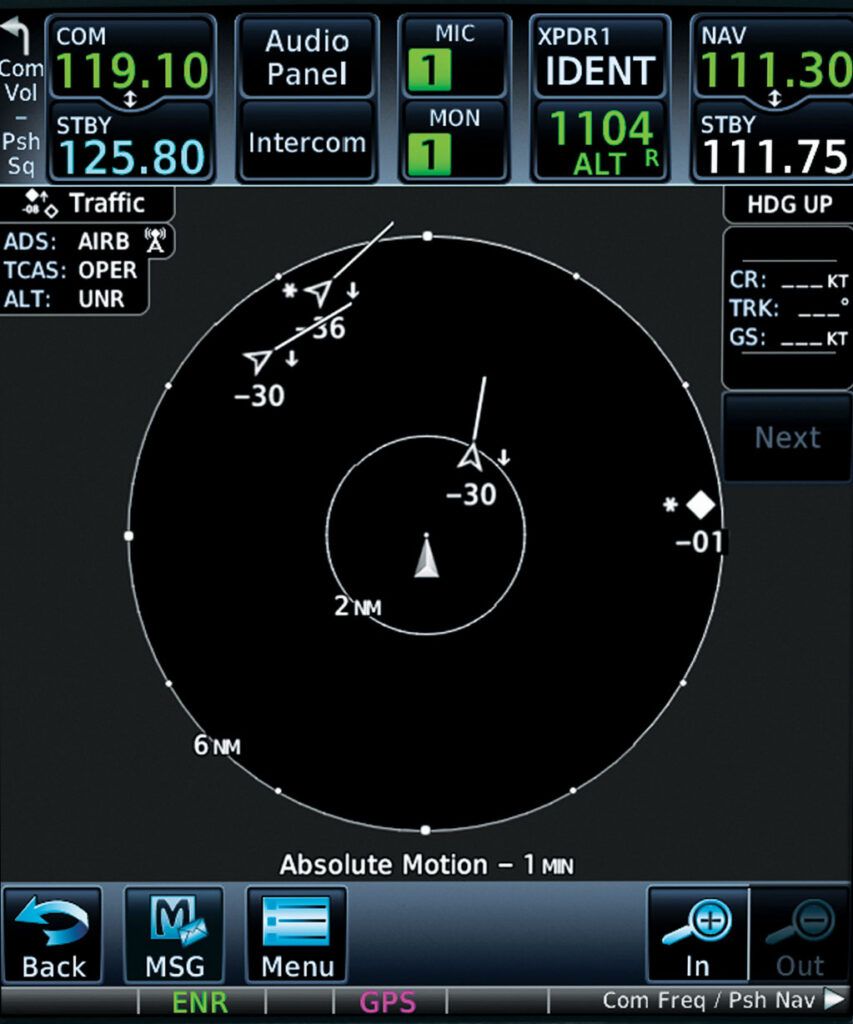
In any event, the technology has been developed, the laws passed and many thousands of aircraft have been equipped with ADS-B Out since January 2020. In my home region of Southern California, there’s little choice in whether to spend the time and money necessary to modify our aircraft for ADS-B compliance as it’s nigh impossible to find any utility in an aircraft unequipped. On one hand, it’s impressive just how little verbal ATC interaction is necessary in SoCal depending on which airports one operates in and out of in this peripatetic space. On the other hand, the nearly overlapping Mode C veils pretty much rule out flying anywhere near San Diego or Los Angeles without ADS-B Out.
Naturally, the rugged individualists roosting at our local fly patch point out that our airport is less than one half mile inside a Mode C veil, and if you just take off and head east, then who needs ADS-B anyway? Well, I wouldn’t want to have to justify that position to an inquisitive FAA inspector, although I must admit that about 45 seconds after pushing the throttle forward you can fly two days to Oshkosh and have zero need for that $2000 worth of ADS-B. Which is sort of interesting all by itself.
The Usual Complaint
As I just brought up the dirty subject of cost, a quick review of our ADS-B expenditures seems appropriate at this point. I own my Starduster and share an antique Cessna puddle jumper with a partner. The partner has his own biplane, so between us we were privileged to fund three ADS-B installations. The biplanes got wingtip strobe/ADS-B units (which really look out of place on biplanes with their glaring white antennas and electronic-age guts in plain view behind clear plastic potting), and the Cessna, no doubt hearing all the ruckus, threw a hissy and smoked its transponder just prior to its ADS-B install. All said, doing our own work and buying used avionics when possible, our aviation budgets took a collective $6000 hit so ATC can keep track of us. That’s maybe three slow years’ worth of avgas in the thirsty Starduster at $5 per gallon. Of course, I have a partner to share some of the pain, so I guess I’d have to say ADS-B has cost me about a year and a half of biplane flying if just counting fuel, and double that if just counting the old Cessna.
We do have ADS-B In in the Cessna, but after fiddling with it a couple of times via a tablet, we haven’t used it since. Sure, it’s initially amazing to see all the technology at work and go “Gee, there’s an airliner six miles above us going 500+ mph.” Like everyone, we’ve marveled at how many airplanes are actually out there (at least the ones ADS-B sees). But we also quickly learned so much of that traffic is often unimportantly distant, and keeping our heads outside the cockpit, along with minding our own flying, is what’s critical.
I have to admit a tablet and ADS-B In can keep anxious passengers well occupied rather than whimpering and fetally coiled because the rapid chatter on the Unicom at the popular breakfast destination has their imaginations overwhelmed—70-year-old two-seat Cessnas don’t have a “wife isolate” switch on their intercoms. But even a small tablet is a pain in the cramped Cessna cockpit during what are overwhelmingly routine local flights; it’s just another loose thing floating around. Bottom line: The ADS-B In benefit is minimal as we’re already looking out the windows, we’re not going fast, we’re not going high and we tend not to fly in low-viz weather. Strobes are at least as practical, especially at night. Your circumstances could vary depending on traffic density, propensity for haze and so on, but in our experience, keeping our eyes outside still works well.
Which brings me to an important point. ADS-B is a godsend to those flying zippers through the SoCal traffic beehive. I can imagine they can use all the traffic help they can get. As for the pros, they use it everywhere, all the time, just as intended. Yes, they’re on instrument flight plans, but ATC is always telling them to “Follow the lawn dart going Mach Jesus…” as one pro put it to me. Or “Try finding a white jet 10 miles away in snow country…” Given the essentially non-visual distances between faster traffic, having traffic displayed in the cockpit is a huge help. Furthermore, they’re all equipped so they can rely on the technology. But not us low-and-slow types as not everyone is playing down low.
As for the biplanes, arguably my partner and I could use ADS-B In. Having both high and low wings, struts, wires and javelins, plus sitting nearly at the base of the vertical tail, we don’t enjoy stellar visibility to begin with. But go hang if you can find a place to put the display in one of our cockpits. Ever try to clutch a tablet at the top of a loop in an open cockpit? Maybe someday if we completely update the instrument panels. (Glass? Really?) But for now, keeping our heads on a swivel and being where we are supposed to be (or say we are) are more functional strategies.
Side Effects
Then there are the ADS-B side effects you probably didn’t think about, most of them unpleasant. To start on an upbeat note, if you have ADS-B In and are flying with another airplane or two, finding each other is way easier. It can certainly cut out a lot of that “We’re just past the sawmill at, uh, 2300 feet” bother. I guess it’s the electronic equivalent of laying out a couple of seconds of smoke.
Likewise, your spouse knows what you’re up to, which hopefully means fewer frayed nerves and a warm dinner when you walk in the door rather than no dinner and a family law biz card on the table.
But if it’s easier for your friends to find you, it’s far easier for everyone else, too. Such as the busybodies at your airport. Yep, those guys who like to nose into everybody’s stuff and see what they’re up to. You can tell when you report in on the downwind, and they pipe in about “What were you looking at over by Mulberry?” or something like that. Go stuff it.
If you think those people are a bother, try the non-pilot retirees who hate airplanes and have a hobby of plane spotting anything near their house and calling the FAA whenever anyone busts an altitude by one foot (OK, 100 feet if that’s the transponder resolution). Oh yes, such people definitely exist. Did you know the FAA has to investigate every such call? That’s what the nice inspector told me when he got me on the phone. And yeah, it wasn’t me (it really wasn’t), but still I got the call because it was that N-number on such and such day, etc. The inspector and I had a nice chat about the weather—the FAA fellow was very pleasant but said he would not be if he had to call again—and he noted certain portions of the unfriendly-to-aviation public are very informed on FAA regulations. And thanks to ADS-B and cheap antennas, they track aircraft by N-number and pilot name along with the GPS altitude, speed and all that. Plus, you kept up with your transponder checks, so there’s no questioning the data, right? These people have your home address, too, if you’ve quaintly registered your airplane in your own name and home address. They live to bust you with the feds.
My advice, if possible, is to go with 978 MHz ADS-B equipment so you can put it in anonymous mode (it helps a little) and do so immediately upon installation. At the least register with a post office box address and possibly a corporate name. And remember that Big Brother has you in its crosshairs. Always.
Like this technology wouldn’t result in mayhem if everyone could instantly look up automotive license plate numbers. If such tracking isn’t any good for cars, it sure isn’t good for airplanes, either. Yet the system works for sorting traffic, so it seems like scrubbing the personal information from the technology should have been the plan from the beginning.



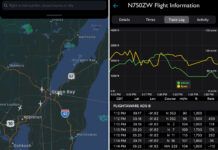

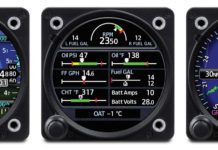
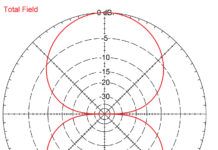
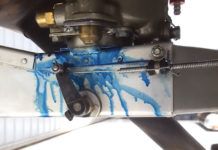
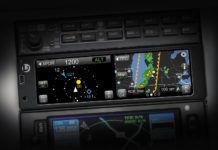

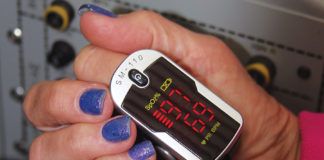

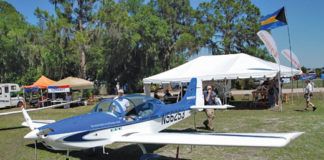
There are still lots of planes flying with no ADS-B too, and relying on ADS-B won’t help you avoid them. Still have to look out the window even with ADS-B installed.
Tom, I agree 100% with your opening sentence!!
Thought you might be interested in this:
Here in Houston we have a small wealthy independent municipality named West University – it’s due west of the Rice University campus, fairly close in, landlocked, and surrounded by Houston. An even smaller mini-city, Southside Place, is recessed into the southern border of West U, as it’s called.
https://en.wikipedia.org/wiki/West_University_Place,_Texas
https://en.wikipedia.org/wiki/West_University_Place,_Texas#/media/File:MapofWestUTX.gif
West U has just installed cameras for a traffic recognition system that covers all the main thoroughfares in the city and all the surrounding streets, including the ones that are actually in Houston. The legality of covering streets in Houston proper is open to discussion, but for now they’re doing it, and after all, “it’s for the public good”.
So they’re are identifying every single vehicle that circumnavigates or drives through West University.
Every one.
Including doing things like checking for stolen cars and outstanding warrants. Whether the traffic recognition system will be used to enforce the newly lowered 25 MPH city speed limit has not yet been disclosed. They don’t currently have red light cameras.
I and many other people are very unhappy about this. Especially those of who live next to West U but frequently drive around it and through it.
Ironically, one of my simple pleasures used to be reading the police blotter in the local neighborhood newspaper (which they still have) and being amazed at the number of arrests by the West U (and Southside) police of people who were visibly impaired, were speeding, and/or had expired license stickers and were driving in or through West U. The city already has a well deserved reputation for being a speed trap, so misbehaving within it’s borders was really dumb.
It will be interesting to see if they can make this stick.
The apparatus of a police state and tracing technology… I’m sure you don’t have a cell phone then, lol.
Your cell phone data isn’t broadcast over thin air and published and recorded by the Internet. If it was, I suspect even you would take issue with it. This is by definition a straw man argument, you misrepresent ads-b privacy by comparing it to something far more private, then act like they are the same. Post your phone number here and I can’t track you, post your tail number and I for sure can.
If only people knew the truth about the information available and collected from their cell phones. My take is if you follow the rules you have nothing to worry about. End of story.
Nothing but your 4th Amendment rights, so no big deal.
Excellent advice.
Tom, I’ve written extensively about anonymous mode from a security perspective. See that here: https://backcountrypilot.org/forum/ads-b-privacy-23944
What’s your concern about being tracked? I certainly don’t care where you are unless you have something to hide!
My concern is that it’s abused. https://www.theguardian.com/technology/2022/jan/31/teenager-seeks-50k-delete-twitter-bot-tracking-elon-musk-private-jet Anyway, since you don’t seem to care, can you provide your tail number so that we can track you? It wouldn’t be hard to build a twitter bot.
Tom,
We moved from SpCal to NorCal and we have not equipped our old Cessna with ADSB-out, since there is a lot of class E airspace here, and I have no reason to fly in class C or B airspace.
The only Class C nearby is Sac Int’l and Beale AFB. ,and I can easily fly around it.
I too don’t like the idea of my flights being recorded forever.
I don’t have to talk with ATC if I don’t want to, although I will listen as I’m flying near their airspace, especially if I’m crossing an approach or departure route.
Sorry, basically a nothingburger as I have better things to be paranoid about. I find ADSB In (enabled by ADSB Out) to be very useful inside the Mode C veil I normally operate within and around.
Hi Tom. I’m always sorry to hear about folks who are so paranoid they can’t enjoy and appreciate some good safety technology. At a reasonable price at that. If your airport is, as you described, a Mode C veil fringe airport you could very likely get a letter of agreement with local ATC to operated out of and into your airport without ADS-B. Rather than complaining, spend some time in professional discussion with ATC. They are just people and they’ll work with you.
I concur with Bill Innis. The safety aspects of ADS-B far exceed any government tracking issue. Really a stupid point of view on your part.
Great article Tom, I couldn’t agree more. The pro adsb group act like it’s the end all to flight safety.
Head buried in the cockpit watching a tablet, can’t wait for this ride to be over bunch seems to, dare I say, fly in the face of safety. I’m guessing 1/3 of G.A. planes do not had adsb and no military aircraft have adsb, this could be very terrifying to the latest generation of “pilots”.
I’ve got nothing hide to either, but why broadcast our N number so any dufus with a smart phone can get a lot of personal information.
Now let’s all put our name, address, phone number, birthday, oh and don’t forget S.S.N. mothers maiden name on the back windows of our cars, you know, just to keep everything above board.
I had a recent experience with ADS-B and the utility of having a traffic display on my phone was undoubtedly fantastic. We as pilots know how useful it is to see each other, so that we can all fly safe. The issue certainly is the ethics of these other non-pilots and non-ATC using this new data stream.
The aircraft registration database, I don’t believe, was really intended to be used and abused in tandem with all this supplementary information. To that end, I take issue not wit ADS-B itself, but its abuse by those outside the community who typically just harm the flying community with little to no gain otherwise.
I’m with you on this. Too many pilots still can’t comprehend that not every plane has ADS-B or a transponder. You still have to look outside and listen to radio calls. And who needs the complete invasion of privacy and harassment? For little planes flying around for fun at low altitudes it’s often overkill, and extra weight to carry around.